ATSC 3.0 as a Data Network
Data applications using the CeWi Networks and its underlying ATSC 3.0 platform will have several advantages over a traditional cellular network for many applications and services.
- Television stations use low-band spectrum, which propagates further and penetrates buildings better than even the best cellular coverage bands.
- The broadcast architecture allows for far more efficient data links to end users, vehicles, and devices compared to a cellular architecture.
- ATSC 3.0 is IP native and was designed from the ground up to support data broadcasting.
- ATSC 3.0 provides a wide range of security, modulation, and CODEC options catered towards specific application needs.
- Broadcast data means committed bit rates 24/7 with no slowdowns regardless of demand and usage.
ATSC 3.0 Backgrounder
ATSC 3.0 is the world’s first Internet Protocol (IP)-based broadcast standard. Now that television is an application that rides on any capable IP data network, broadcasters are abandoning proprietary systems and building application-agnostic IP native facilities. With ATSC 3.0, any kind of data files or streams that can be delivered on the Internet can be broadcast as seamlessly and ubiquitously as television programming.
Because the broadcasts are IP native, any data transmitted by an ATSC 3.0 television station can be seamlessly integrated with services provided by or data transmitted over any other IP network. IP broadcasting can be integrated with other IP services, and vice versa, to create new capabilities and services that might otherwise might not be practical or possible.
For more information on the ATSC standard, please visit the ATSC website at atsc.org.
